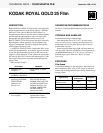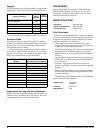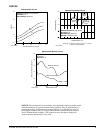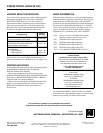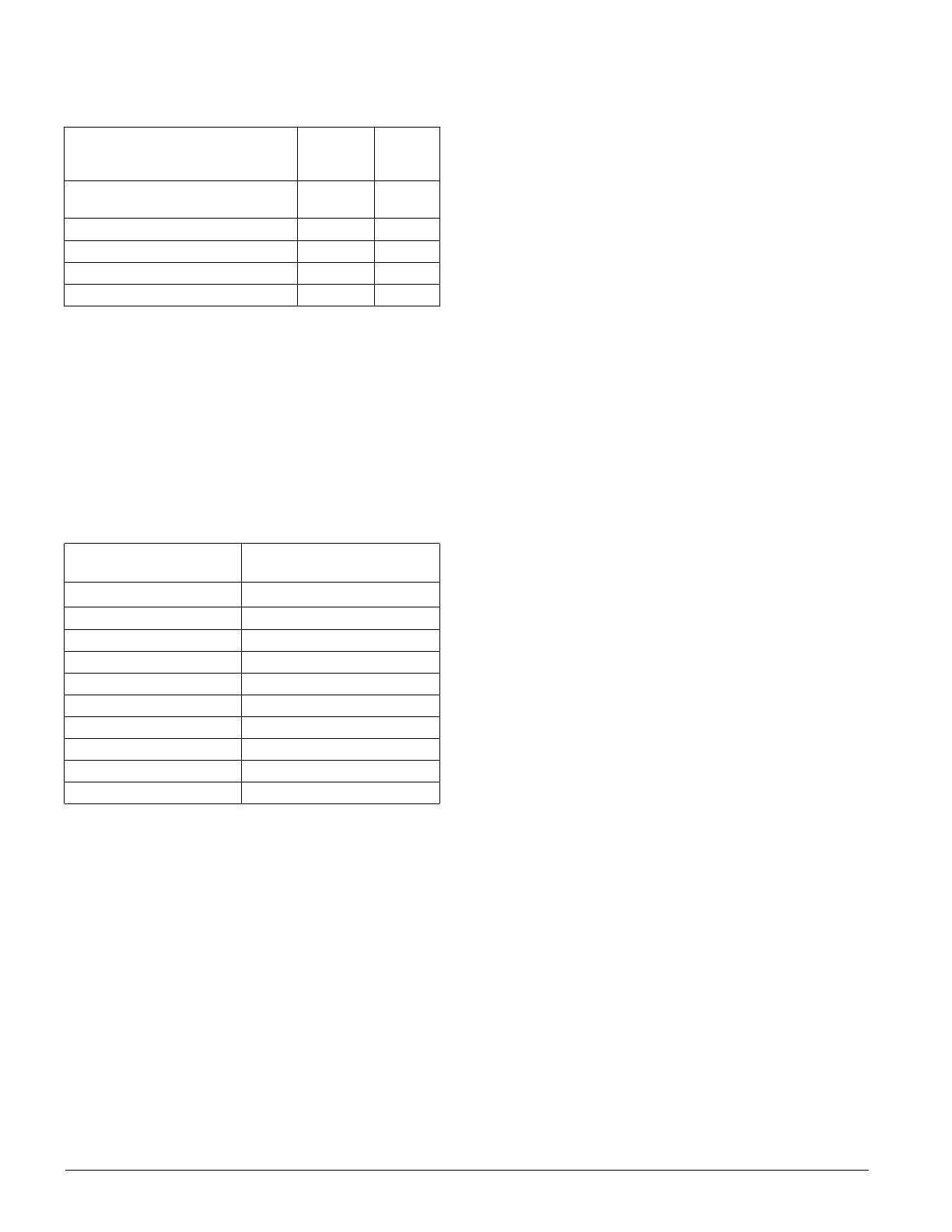
2 KODAK ROYAL GOLD 25 Film • E-40
Daylight
Use the exposures in the following table for average frontlit
subjects from 2 hours after sunrise to 2 hours before sunset.
Electronic Flash
Use the guide number in the following table as a starting
point for your equipment. Select the unit output closest to the
number given by your flash manufacturer. Then find the
guide number for feet or metres.
To determine the lens opening, divide the guide number
by the flash-to-subject distance. If negatives are consistently
too dense (overexposed), use a higher guide number; if they
are too thin (underexposed), use a lower number.
Adjustments for Long and Short Exposures
No filter correction or exposure compensation is required for
exposures from 1/10,000 second to 100 seconds. We do not
recommend exposures longer than 100 seconds.
* Use
f
/2.8 for backlit close-up subjects.
† Subject shaded from the sun but lighted by a large area of clear sky.
* BCPS = beam candlepower seconds
Lighting Conditions
Shutter
Speed
(second)
Lens
Opening
Bright or Hazy Sun on
Light Sand or Snow
1/125
f
/8
Bright or Hazy Sun (Distinct Shadows) 1/125
f
/5.6*
Weak, Hazy Sun (Soft Shadows) 1/125
f
/4
Cloudy Bright (No Shadows) 1/60
f
/4
Heavy Overcast or Open Shade† 1/60
f
/2.8
Unit Output
(BCPS)*
Guide Number
For Distances in Feet/Metres
350
20/6
500 24/7
700 30/9
1000 35/11
1400 40/12
2000 50/15
2800 60/18
4000 70/21
5600 85/26
8000 100/30
PROCESSING
Process KODAK ROYAL GOLD 25 Film in KODAK
FLEXICOLOR Chemicals for Process C-41. For more
information, see KODAK Publication No. Z-131, Using
KODAK FLEXICOLOR Chemicals.
IMAGE STRUCTURE
Print Grain Index
The Print Grain Index number refers to a method of defining
graininess in a print made with diffuse-printing illumination.
It replaces rms granularity and has a different scale which
cannot be compared to rms granularity.
• This method uses a uniform perceptual scale, with a
change of four units equaling a just noticeable difference
in graininess to 90 percent of observers..
• A Print Grain Index rating of 25 on the scale represents the
approximate visual threshold for graininess. A higher
number indicates an increase in the amount of graininess
observed.
• The standardized inspection (print-to-viewer) distance for
all print sizes is 14 inches, the typical viewing distance for
a 4 x 6-inch print.
• In practice, larger prints will likely be viewed from
distances greater than 14 inches, which reduces apparent
graininess.
• Print Grain Index numbers may not represent graininess
observed from more specular printing illuminants, such as
condenser enlargers.
The Print Grain Index number printed in this publication
applies to the following standards:
Sharpness: Extremely High
Degree of Enlargement: Extremely High
Print Grain Index: Less than 25
Negative size: 24 x 36 mm
(135 size)
Print size: 4 x 6 inches
Magnification: 4.4X



